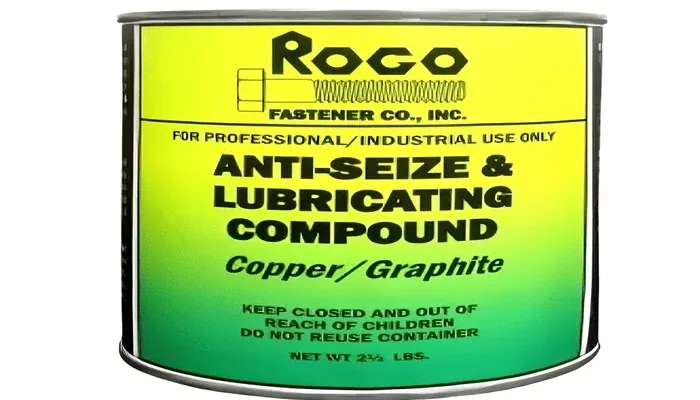Key Takeaways
- Anti-seize compounds prevent corrosion and make disassembly easier.
- Proper application of anti-seize can extend the life of your car’s components.
- Knowing where and how to apply anti-seize is crucial for car maintenance.
Introduction
Ensuring your car remains in optimal condition requires attention to detail and the correct maintenance products. One such product that often goes unnoticed is anti-seize. This compound can be a game-changer when it comes to preventing parts from seizing and rusting, particularly in high-temperature and high-moisture environments. Understanding where to apply it can make all the difference in extending the life of your vehicle’s components. Let’s dive into the essentials of using anti-seize in your car to make your maintenance routine both effective and efficient.
Benefits of Using Anti-Seize
Anti-seize compounds are specialized lubricants designed to prevent parts from seizing, galling, and corroding. These compounds are incredibly beneficial for components that are exposed to extreme conditions such as high temperatures, moisture, or corrosive environments. Applying anti-seize can make disassembly more manageable and prevent wear and tear on bolts, screws, and other parts. In the long run, this not only facilitates smoother maintenance work but also prolongs the lifespan of the various components in your car, thereby saving you both time and money.
Key Areas to Apply Anti-Seize in Your Car
Knowing where to apply anti-seize is crucial for effective maintenance. Here are the primary areas to consider:
- Wheel Bolts and Lug Nuts: Applying anti-seize to wheel bolts can prevent rust or corrosion-related lug nuts from budging, saving time and effort during changes. Seized lug nuts can make tire changes stressful, but applying anti-seize on threads can make the process faster and less stressful.
- Brake Components: Applying anti-seize to brake pads and slide pins can prevent squeaking and enhance brake servicing ease. Squeaking signals metal grinding, potentially causing severe damage. The light anti-seize application ensures a quieter ride and prevents further damage.
- Exhaust System Bolts: Exhaust system bolt removal can be challenging due to high temperatures and corrosive environments. Applying anti-seize can smooth the process, making future disassembly less challenging and repairs quicker, especially in cases of road salts and road salts.
- Spark Plugs: Anti-seize can help remove spark plug threads during maintenance, but use sparingly and avoid contact with electrodes. Spark plugs are crucial for engine performance and can be difficult to remove if seized, reducing thread damage.
- Battery Terminals: Applying a light amount of anti-seize on battery terminals can prevent corrosion and improve electrical conductivity, preventing poor connections and starting issues that can lead to battery failure.
Application Tips and Best Practices
To get the best results from using engines, follow these tips:
- Use Sparingly: Over-applying a product can cause contamination of braking surfaces, incorrect torque readings, and spread to unneeded areas, potentially causing more harm than good.
- Keep It Clean: Make sure surfaces are clear of dirt and clean before applying anti-seize to avoid uneven application and decreased chemical efficiency.
- Avoid Cross-Threading: Avoid cross-threading bolts and nuts, as anti-seize won’t fix mechanical mismatches. Proper alignment ensures thread engagement, prevents damage, and facilitates easy removal.
- Read Torque Specs: Anti-seize can affect torque readings, so consult your car’s manual or torque guide for correct torque application, as incorrect torque can cause over tightening or under-tightening.
Common Misconceptions and Safety Concerns
While anti-seize is a valuable tool, it’s not without its misconceptions. Some people believe it should be used on every fastener, which isn’t true. Overuse can lead to problems, such as fastener failure or contamination of critical surfaces. Additionally, anti-seize compounds can affect torque settings, so it’s crucial to do so accordingly to avoid over-tightening. Applying too much anti-seize, especially in the wrong places, can cause more harm than good. It’s essential to understand where and how to use this product to avoid any potential pitfalls.
Conclusion
Applying anti-scar in the right areas of your car can dramatically improve maintenance efficiency and component longevity. From wheel bolts to spark plugs, a small amount of this compound can make a big difference. Always remember to use it sparingly and wisely for the best results. For more information on car maintenance and tips, visit the anti-seize section on our website and stay updated with valuable insights. Employing these maintenance tips can result in smoother operation and longer-lasting components, helping you get the most out of your vehicle.
Geekzilla Autos: A Comprehensive Review in 2024














Comments